Recent

Muons compose the penetrating component of Cosmic Rays. At sea level, they constitute the largest part of Secondary Cosmic Rays, giving an average flux of ≈ 100 m−2s−1sr−1. The aim of our experiment is to estimate, from muon decay, the mean lifetime and the mass of invisible products. Our experimental setup includes four detectors: three of them are plastic scintillators and compose the trigger system, while the last one is a liquid scintillator which measures the particles energy. All these scintillators are read by photomultipliers. Trigger and pulse thresholds are computed by logical and temporal modules in a VME crate. The Data Acquisition System has been verified to work properly. It is composed of two fADCs modules, one I/O Register, one Motorola computer and a Farm. The liquid scintillator has been calibrated in energy using both passing muons and 60CO gamma source. Thanks to the charge-energy conversion factor we estimated electron energy spectrum. In particular we selected a sample of decay events by estimating muon mean lifetime τμ = 2.19 ± 0.34 μs; then we finally extrapolated an upper limit for invisible products mass mν < 5.99 ± 0.73 MeV/c2.
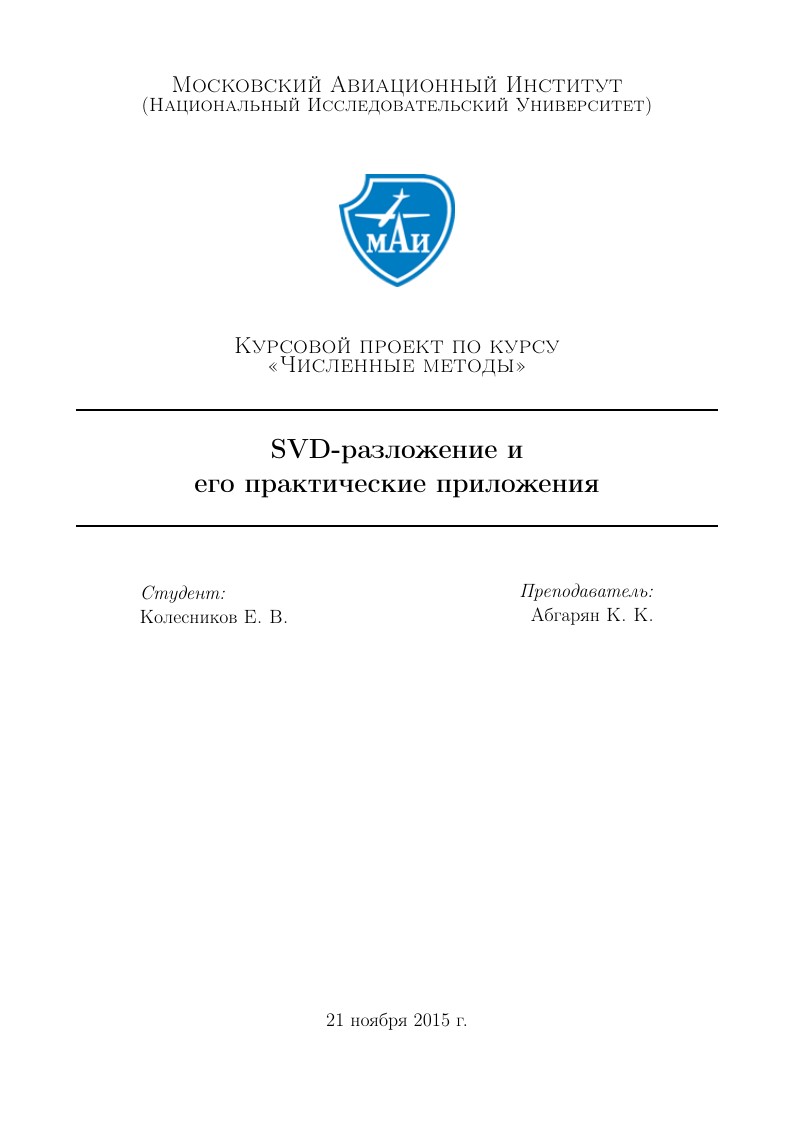
SVD-разложение и его практические приложения с исходным кодом на языке Matlab. (SVD - decomposition and its practical applications with source code in the language Matlab.
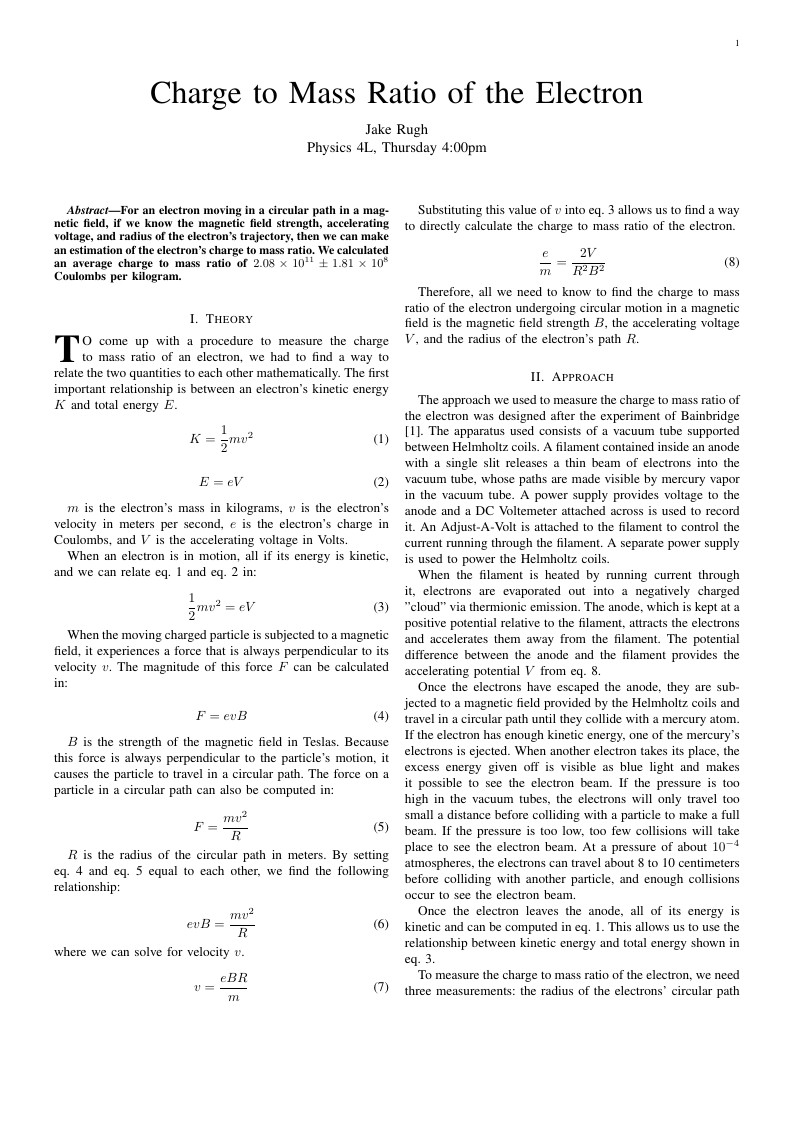
For an electron moving in a circular path in a magnetic field, if we know the magnetic field strength, accelerating voltage, and radius of the electron's trajectory, then we can make an estimation of the electron's charge to mass ratio. We calculated an average charge to mass ratio of \(2.08 \times 10^{11} \pm 1.81 \times 10^8\) Coulombs per kilogram.
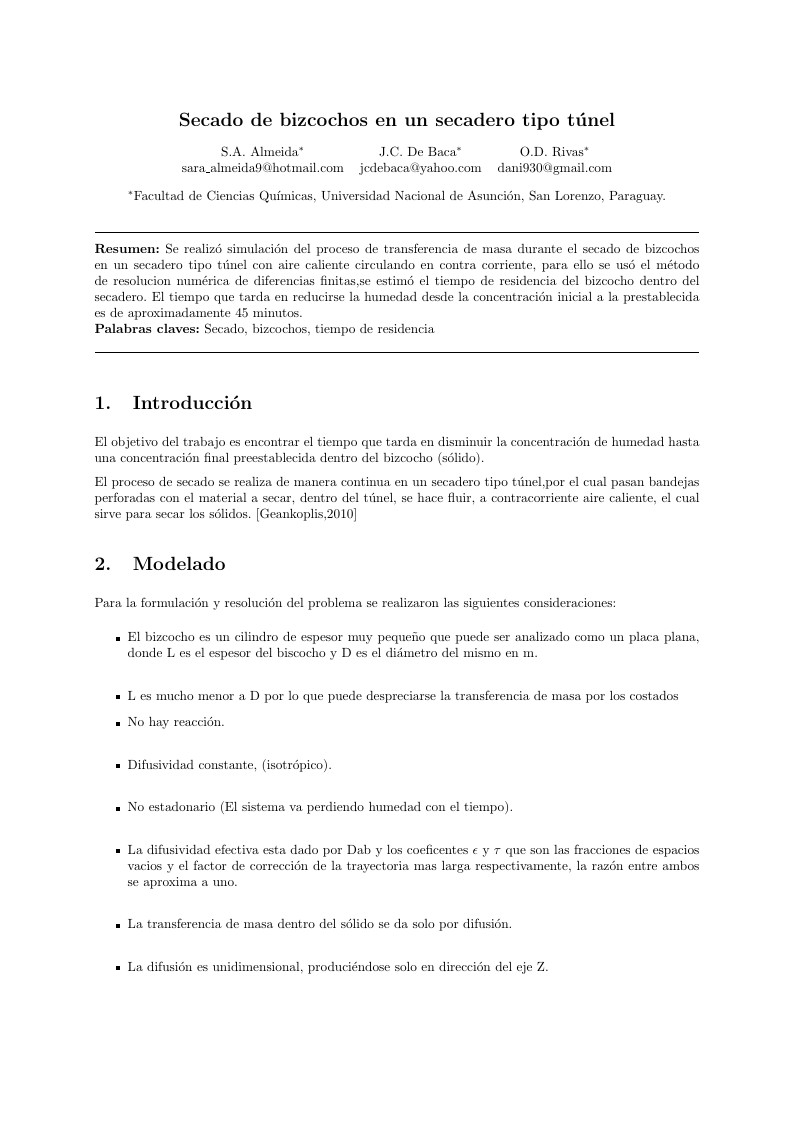
Trabajo realizado en la catedra fenomenos 3
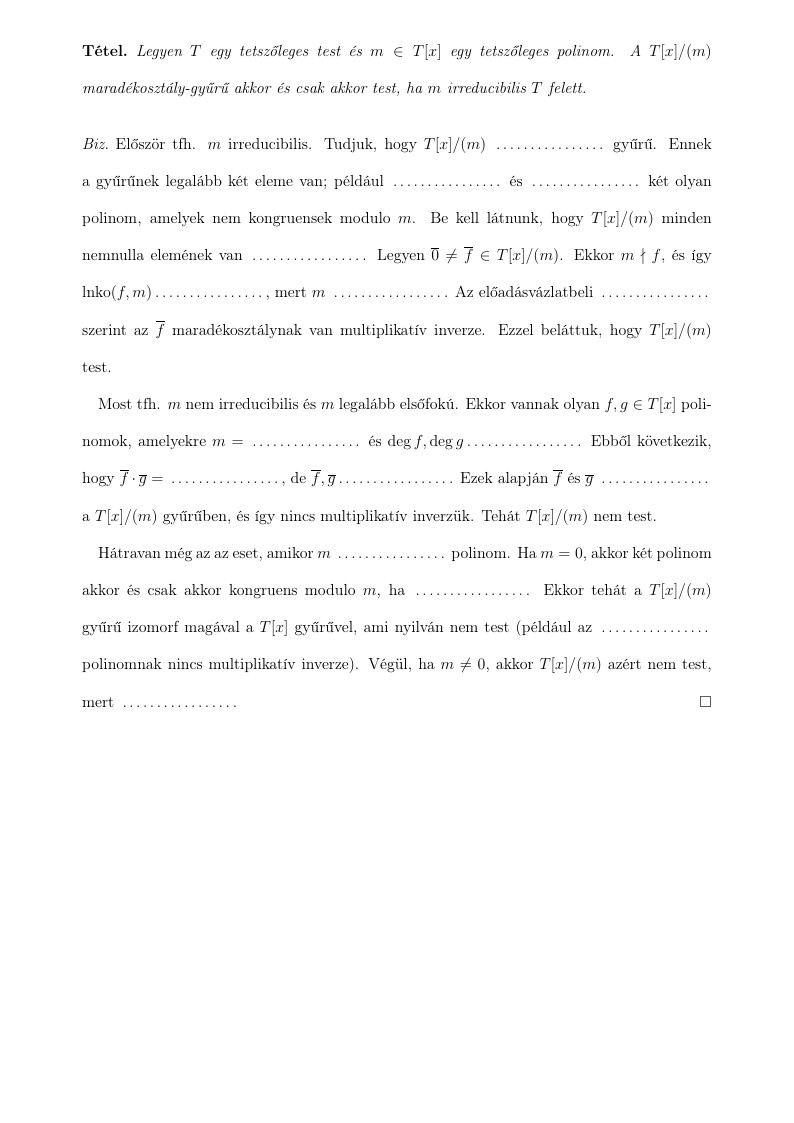
A test feletti polinomgyűrűk maradékosztálytesteit leíró tétel bizonyítása.

Funktionsuntersuchung, Übung 1
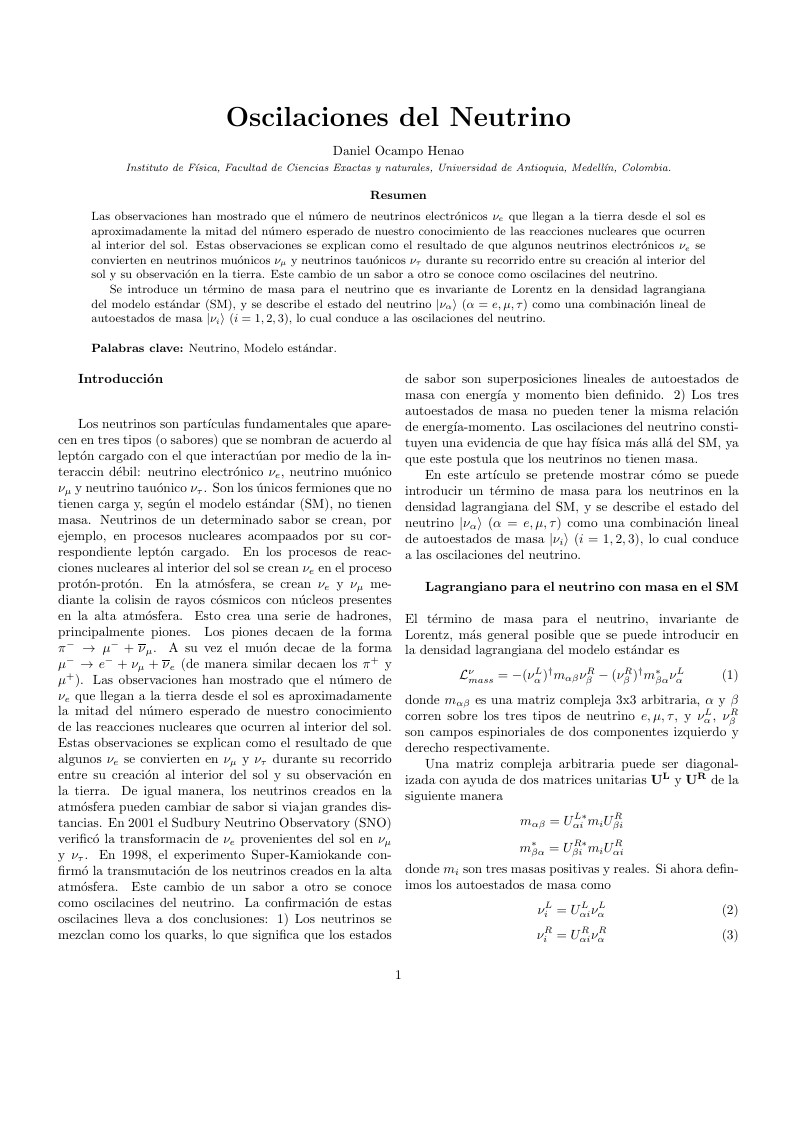
Las observaciones han mostrado que el numero de neutrinos electrónicos νe que llegan a la tierra desde el sol es aproximadamente la mitad del número esperado de nuestro conocimiento de las reacciones nucleares que ocurren al interior del sol. Estas observaciones se explican como el resultado de que algunos neutrinos electrónicos νe se convierten en neutrinos muónicos νμ y neutrinos tauónicos ντ durante su recorrido entre su creación al interior del sol y su observación en la tierra. Este cambio de un sabor a otro se conoce como oscilaciónes del neutrino. Se introduce un término de masa para el neutrino que es invariante de Lorentz en la densidad lagrangiana del modelo estándar (SM), y se describe el estado del neutrino |να⟩(α = e, μ, τ) como una combinación lineal de autoestados de masa |νi⟩ (i=1,2,3), lo cual conduce a las oscilaciones del neutrino.
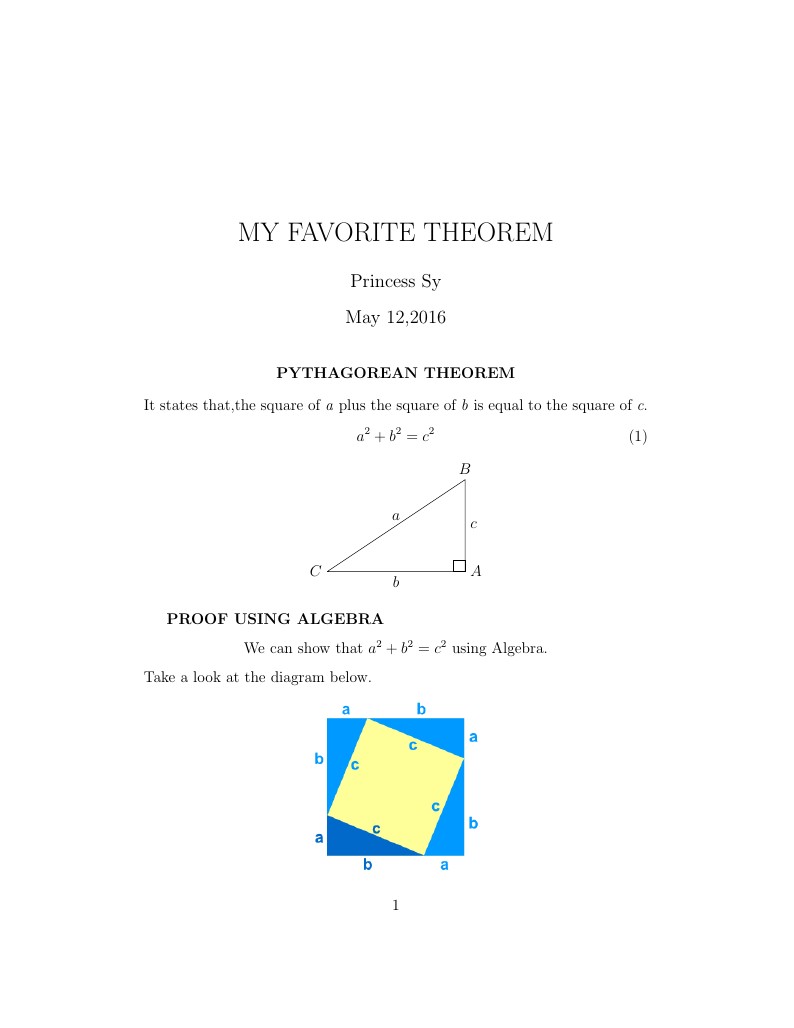
A requirement for our Math330 class.
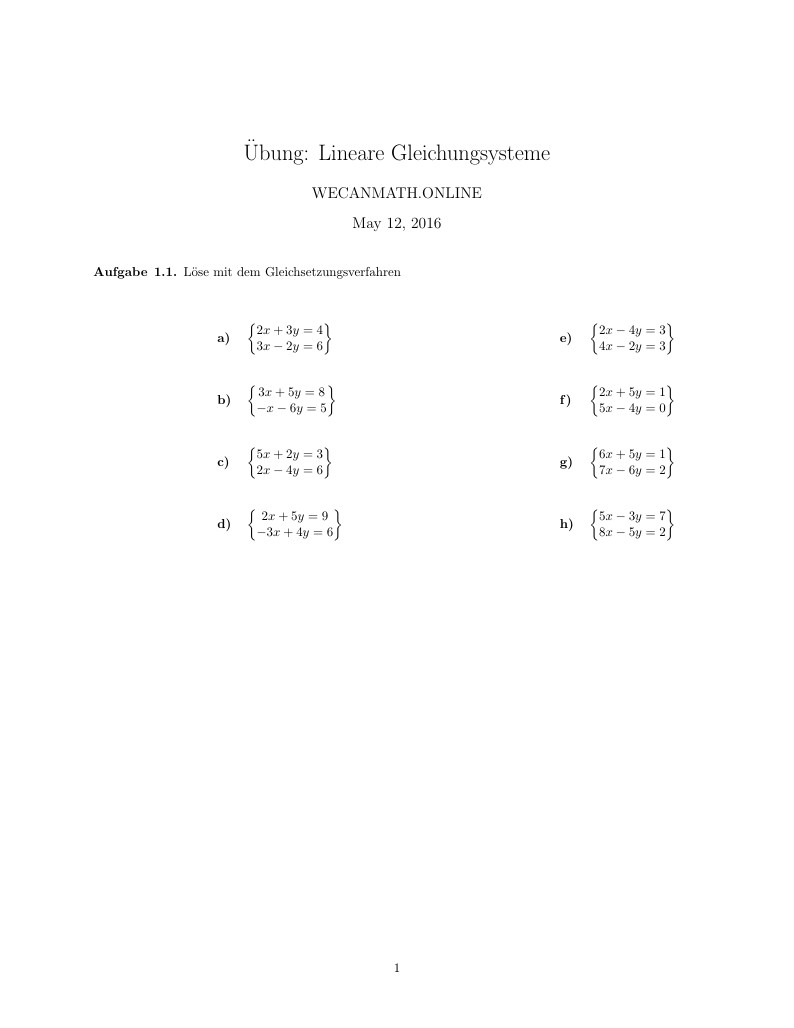
Übung: Lineare Gleichungssysteme
\begin
Discover why over 20 million people worldwide trust Overleaf with their work.